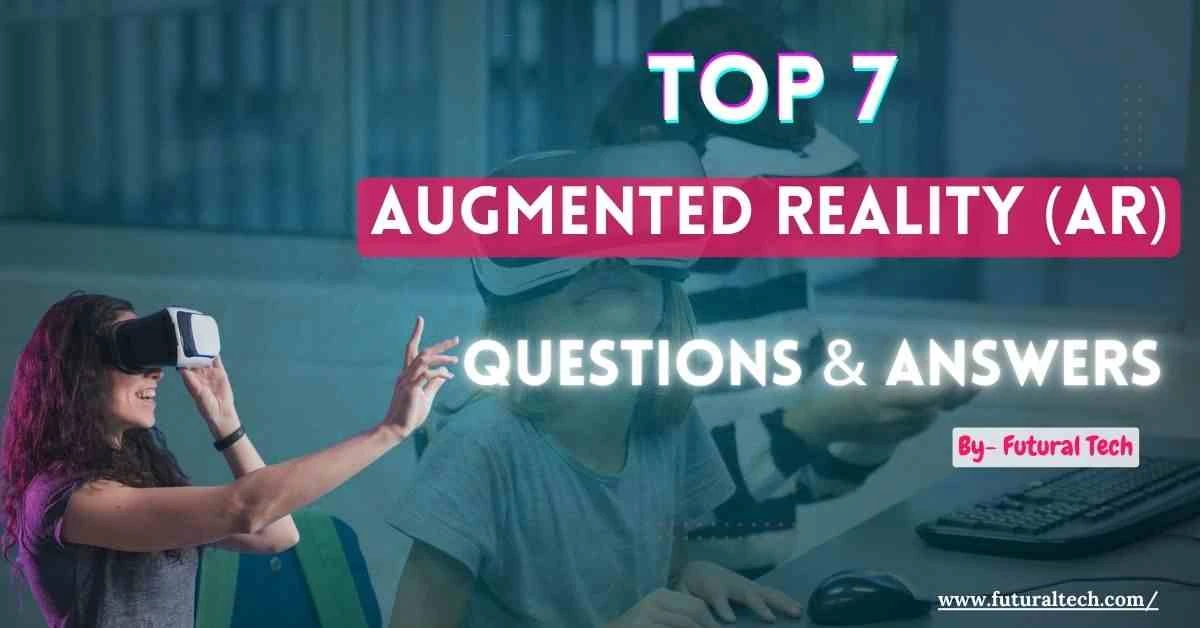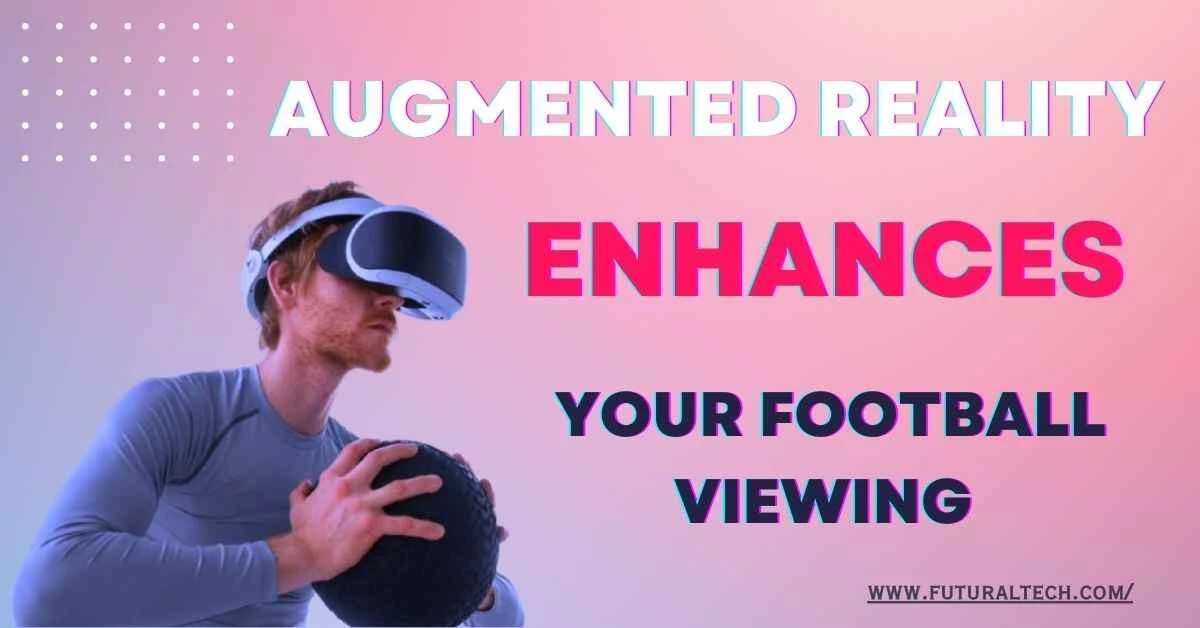Top 7 Augmented Reality Questions & Answers You Must Know!
By- Raj 2nd-Mar-2025

Augmented reality (AR) is developing quickly in several industries, changing how we engage with it. This blog post covers Augmented Reality Questions and Answers, addressing common queries about AR technology and its impact on our daily lives.
Top Augmented Reality Questions and Answers Explained
What is Augmented Reality?
AR technology allows a smartphone, tablet, or AR glasses to display images, videos, and sounds in addition to the real world. Unlike VR (Virtual Reality), which places users in a wholly artificial world, AR integrates the real world with interactive digital elements.
How Does Augmented Reality Work?
Augmented reality integrates various hardware and software components to provide an immersive experience. The stages include:
- Sensors and Cameras: These track the movements of users and capture the environment.
- Processing: The processor of the device analyzes and establishes where the digital elements will be placed.
- Display: The device's screen or AR glasses overlay the digital content on the user's environment.
- Software: The interactivity between the real world and digital content is handled by AR applications and platforms.

What Are the Applications of Augmented Reality? (Augmented Reality Questions and Answers)
As we explore Augmented Reality Questions and Answers and Augmented Reality Interview Questions, we see that AR is used differently across industries.
- Gaming and Entertainment: Immersive theme park experiences and famous games like Pokémon GO.
- Healthcare: Medical care, virtual surgery simulation, and training.
- Retail: Try-ons for clothing and accessories in a virtual environment.
- Education: Bringing textbooks to life through interactivity.
- Manufacturing: Having real-time instructions and information on maintenance and assembly.
- Tourism: Improved guided tours and historical reconstructions.
Benefits of Augmented Reality
Augmented reality is useful for many reasons, such as:
- Engagement: Capturing users' focus through active participatory experiences.
- Learning Improvement: Visual and intervention aids make the understanding of complex concepts simpler.
- Greater Productivity: Increased efficiency and productivity by guiding and providing information as the tasks are being carried out.
- Effective Communication: The use of visual aids fosters collaboration and understanding across diverse fields.
What Are the Challenges of Augmented Reality?
Augmented reality has many potential uses; however, there are some challenges:
- Technical Limitations: Devices may have limited performance because of the power needed for quick functioning and battery life.
- Privacy Concerns: With constant cameras and sensors, privacy and security issues can arise.
- Content Creation: Producing high-quality AR content is expensive and takes a significant amount of time.
- User Adoption: Accepting and adopting AR technology demands significant education of the users.
What Does the Future Hold for Augmented Reality?
The future of AR is promising, with increased investment and advancement in technology driving innovation. Here are a few trends to watch:
- AR Glasses: There are new AR glasses designed to be comfortable and stylish accessories for casual use.
- Expanded Applications: Emerging possibilities in new fields such as finance, social media, real estate, and much more.
What devices are used for Augmented Reality?
Some common AR-compatible devices include:
- Smartphones and tablets (iOS and Android devices with ARKit and ARCore)
- AR smart glasses (Microsoft HoloLens, Magic Leap)
- AR headsets (Meta Quest with AR capabilities)
- Wearable AR devices (Google Glass)
Conclusion
As we wrap up our Augmented Reality Questions and Answers, it's clear that AR is revolutionizing how people interact with the world. As time goes on, further developments and implementations will be made. The next AR revolution will undoubtedly be spectacular.











